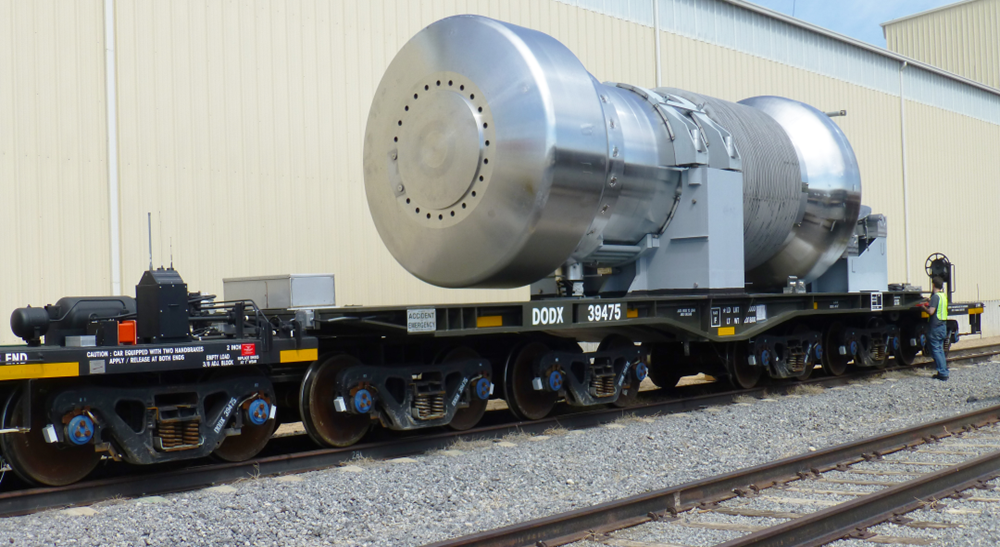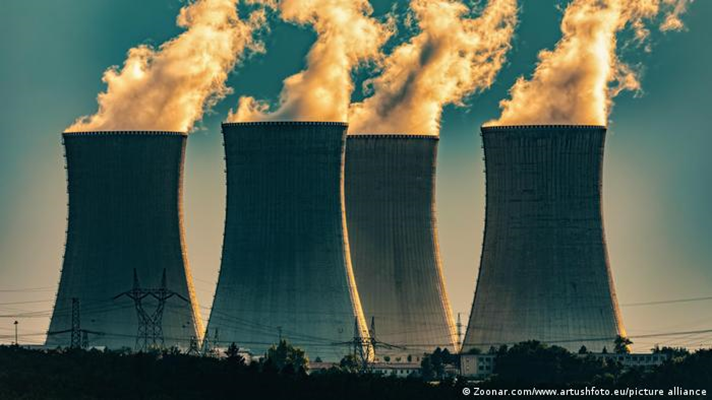SPENT NUCLEAR FUEL TRANSPORTATION
Nuclear energy is the largest source of emission-free power in the world
- Nuclear Power generates one fifth of America’s electricity and more than half of its clean energy
- Existing U.S. nuclear plants prevent almost 500 million metric tons of carbon dioxide emissions each year—the equivalent of taking 100 million cars off the roads. A nuclear power plant uses nuclear fuel and chain reactions to produce electricity
- During the Chain Reaction process, the reactor creates spent or used fuel (sometimes incorrectly referred to as nuclear waste). So what happens to that fuel when it's removed from a reactor? Fuel becomes very hot and very radioactive as it is used in the reactor core to heat water. After about five years, the fuel is no longer useful and is removed.
- Reactor operators have to manage the heat and radioactivity that remains in the "spent fuel" after it's taken out of the reactor. There are about 86,000 metric tons of spent nuclear fuel from commercial reactors stored at 75 sites in 34 States. This amount continues to grow by 2,000 metric tons per year.
- The transportation casks used by DOE to transport SNF weigh approximately 80–210 tons. Over the last 55 years, more than 2,500 cask shipments of used fuel have been transported across the United States without any radiological releases to the environment or harm to the public. The fuel is shipped in transportation casks that are designed to withstand more than 99 percent of vehicle accidents, including water immersion, impact, punctures and fires.
- 3C Telemetry has the system that meets the S-2043 requirement and is approved by the AAR. The S-2043 system is maintained and manufactured by 3C Telemetry LLC



